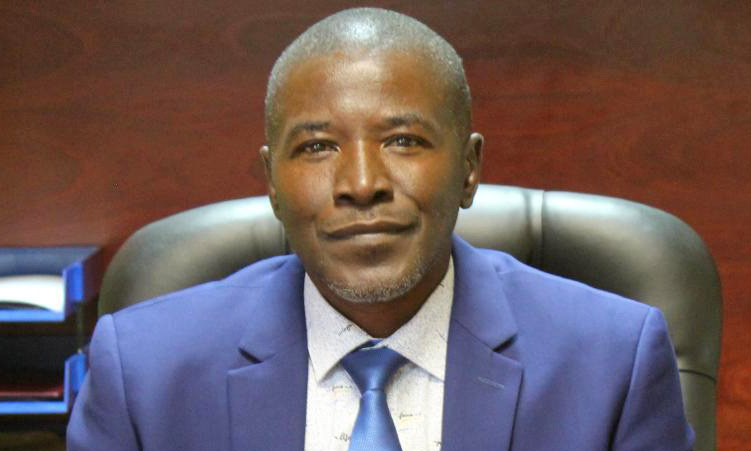The Aakwanyama are Namibia’s largest ethnic group, making up 23.6% of the country’s population at 712 165 individuals.
This is according to data from the 2023 census report published by the Namibia Statistics Agency (NSA) on Wednesday.
The Aandonga and Ovaherero are the next largest ethnic groups at 311 211 and 178 987 individuals, respectively.
As such, the Aandonga make up 10.3% of Namibia’s population, while the Ovaherero constitute 5.9%.
Other large ethnic groups include the Damara (5.6%), Aakwambi (5.3%), Vakwangali (4.9%) and Nama (3.1%).
The figures for the Damara and Nama include individuals the NSA has recorded as not elsewhere classified (generic ethnic).
According to the census, 2.4% of Namibia’s population belongs to a group the NSA calls “other African ethnic group”. This corresponds to 73 486 individuals.
White people make up just 1.8% of the population at 53 773 individuals, ranking 15th in terms of the size of ethnic groups.
The smallest ethnic group reported by the NSA is the /Auni and Nu-//en, with just 31 individuals.
The census also includes figures on urban area populations.
Rundu, the capital of the Kavango East region, is Namibia’s second-largest urban area, with 118 632 inhabitants, according to the report.
Since the last census in 2011, Rundu has experienced an annual growth rate of 5.2%.
More than half of all inhabitants of the region reside at Rundu.

Kavango East governor Bonifatius Wakudumo has welcomed the growth of Rundu, but also said the influx of migrants from rural areas to the regional capital presents planning challenges.
“As a government, we did not put appropriate planning in place,” he told The Namibian. “What that translates into is pressure on all services: water, electricity, etc.
“It is high time that we don’t only concentrate on developing Rundu. We need some local authorities in rural areas so that we can contain and prevent the influx of people into the urban centre,” he says.
Wakudumo has called for the provision of services and better opportunities in rural areas.
“We need to create settlement areas which [we can] later on, in phases, develop into village councils and consequently, into towns and urban centres,” he adds.
Windhoek takes the top spot of Namibia’s urban areas, with 486 301 residents, having grown at 3.3% annually since 2011.
Walvis Bay (102 592 inhabitants), Swakopmund (75 921) and Oshakati (58 656) are the next largest towns, the report shows.
The population of Walvis Bay grew at 4.2% per year since 2011, Swakopmund grew at 4.4% annually and the annual growth rate recorded at Oshakati is 3.9% since the last census.
Namibia’s urban population has grown at an annual rate of 4.1% since the last census in 2011.
In total, 1 512 685 Namibians live in urban areas, up from 919 919 in 2011. This corresponds to an increase of 64.4%.
The highest annual growth rates were recorded at Nkurenkuru at 23.6% and Divundu at 17.1%. However, Nkurenkuru remains the smallest regional capital, with 10 463 inhabitants. This is compared to 618 residents recorded in the 2011 census for the Kavango West regional capital.
The regions with the highest urbanisation levels are Khomas (98.3%), Erongo (90%) and Hardap (74.3%).
Stay informed with The Namibian – your source for credible journalism. Get in-depth reporting and opinions for
only N$85 a month. Invest in journalism, invest in democracy –
Subscribe Now!






